Deep in the Sticks of Basqueland
Carranza Valley
We went to Carranza for a day to see whether it was viable to sell up in the city to live in the countryside. Could we find a farmhouse for cheap enough, do it up and keep a few chickens while starting up an English-language academy?
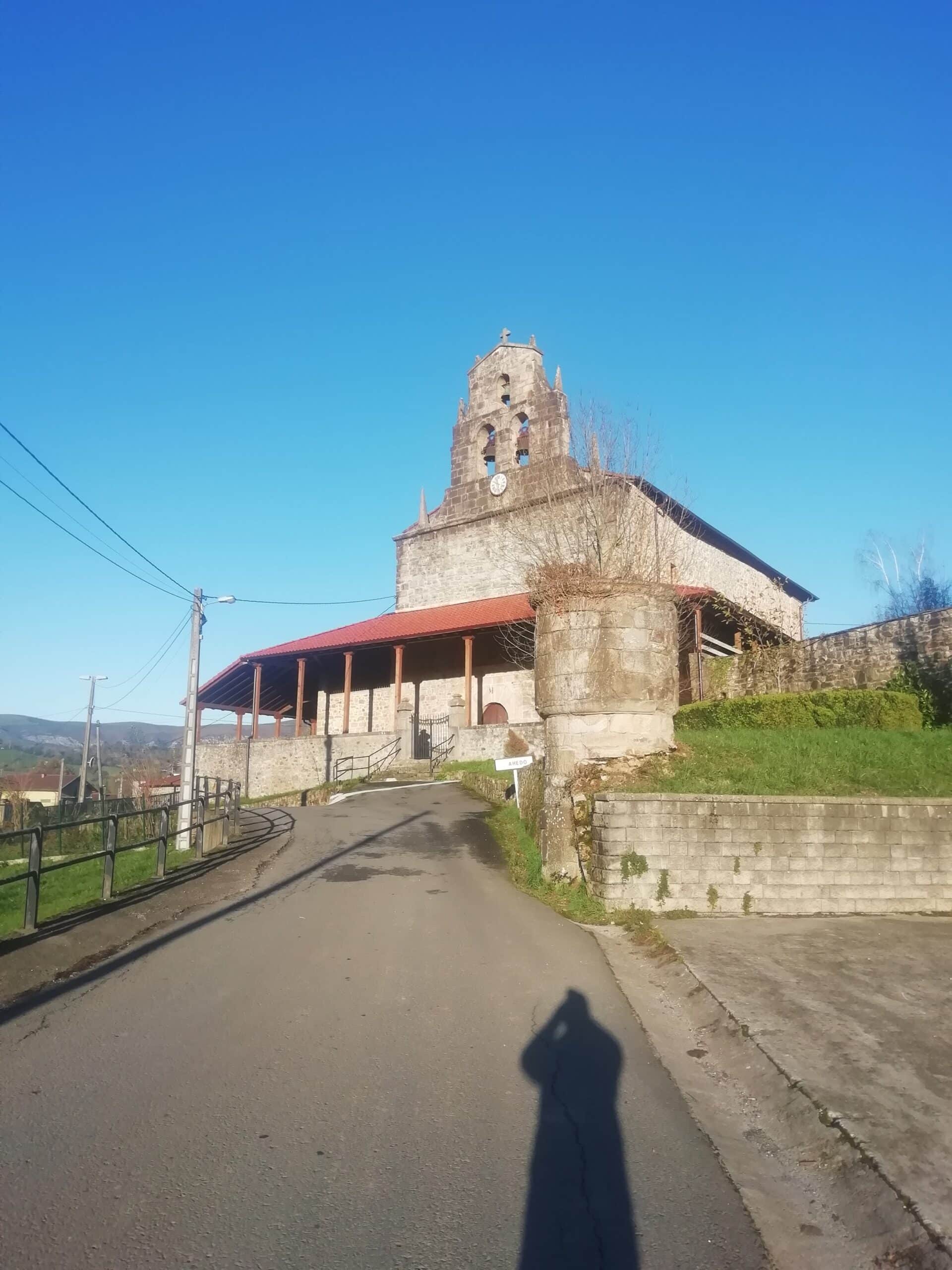
The Church of San Miguel in Ahedo, as the photographer casts a midday shadow!
Carranza is part of the Basque Country but is mostly surrounded by the Cantabrian region at its inner, mountainous part. A train between Bilbao and Santander rolls through here three times a day. There are a few buses, but you really need a car to live here. The locals are friendly and helpful, and you'll get plenty of fresh air and views of snowtopped mountains in winter, which is when we visited.
You definitely need a car if you want to live there!
Where and what is Carranza?
Carranza, spelled in Basque as Karrantza, is a spacious yet lowly populated region of valleys and mountains. It became part of the Lordship of Biscay in the 12th Century. The area has less than 3000 inhabitants spread across several villages and many farms or homesteads. Carranza has been populated since the dawn of humanity, strengthening the Basque claim that before even rocks were called rocks, Basques were already Basque. And its cave art attests to these early inhabitants.
As it is surrounded by mountains, the main road circles round the area. This goes northward between the nearest significant populations of Basque town Balmaseda and Ramales de la Victoria in Cantabria. This gives it an isolated feel accentuated by the more-direct railway cutting right through some of these mountains. That said, those who know the area insist that it is only a 25-minute drive to the coast. There, populations like Laredo and Castro-Urdiales welcome you with their beaches and attractions.
While it is geographically connected to the rest of the Basque Country, the connection is minimal. It is almost cut off from there by the Cantabrian exclave of Valle de Villaverde. There is a strange Spanish political tradition of taking out and putting small areas into other regions. Valle de Villaverde has this same status, disconnected from its main territory, and closer to the Basque town of Balmaseda.
Where to see and what to do.
If you are a nature lover who likes an occasional burst of fresh oxygen, the area is a beautiful place for a nature trek. The day we went, we were looking for a wool sale in a hamlet called Ahedo, though we arrived too late. Our walk there was lovely, climbing some ancient steps and crossing a pasture to this settlement, above the village of Concha.
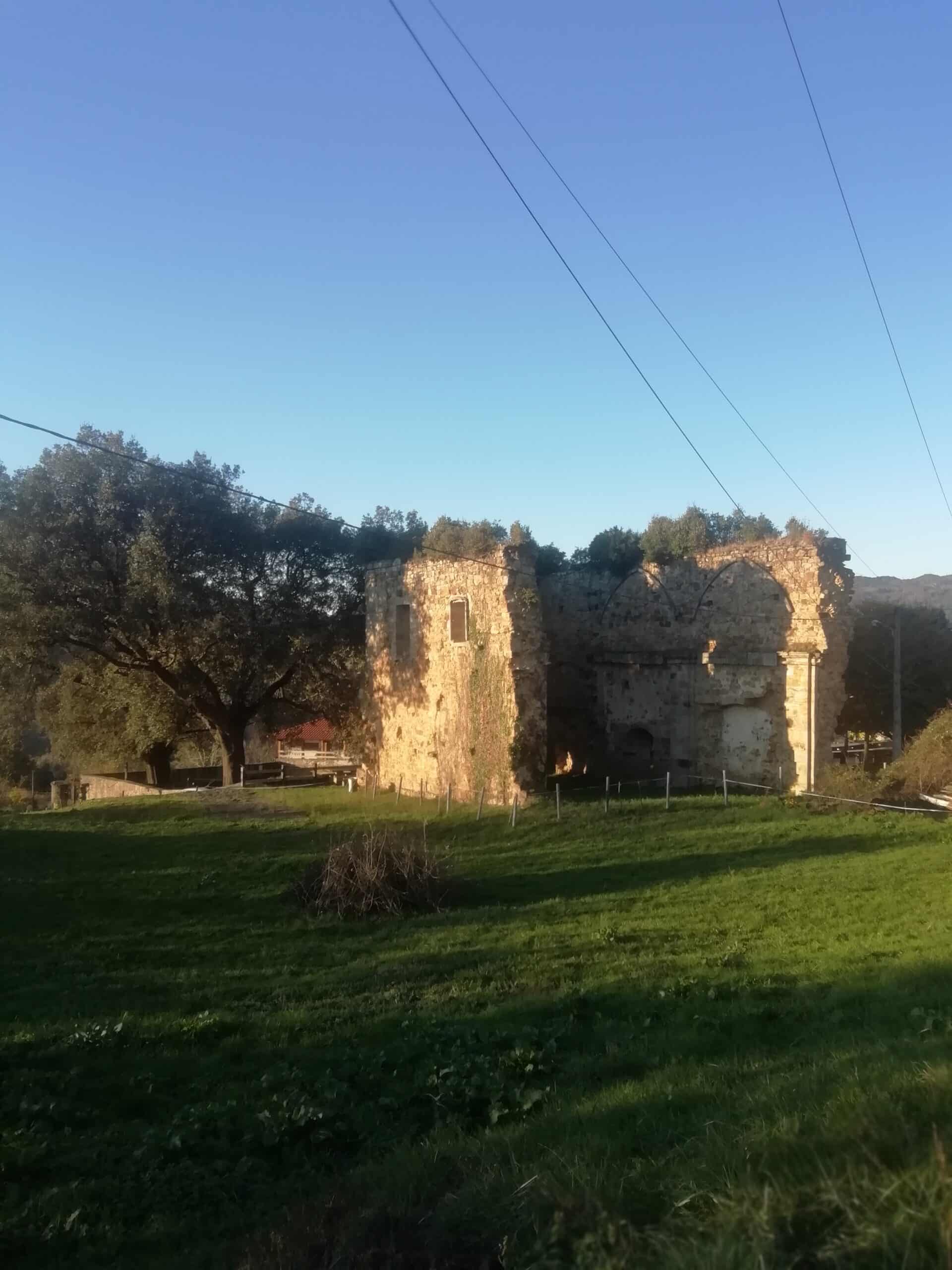
Grammarians of San Lorenzo
You can see the snow-capped mountains from here and there is an old church with the ruin of a college of grammarians and a chapel dedicated to San Lorenzo. This dates from 1621 and sits beside the church of San Miguel. There are a few public barbeques here with picnic tables, so it would look like a grand place for a day of cooking outside in nature. As we've said though, it might be handier in a car than carting a trolley-load of food up the hill!
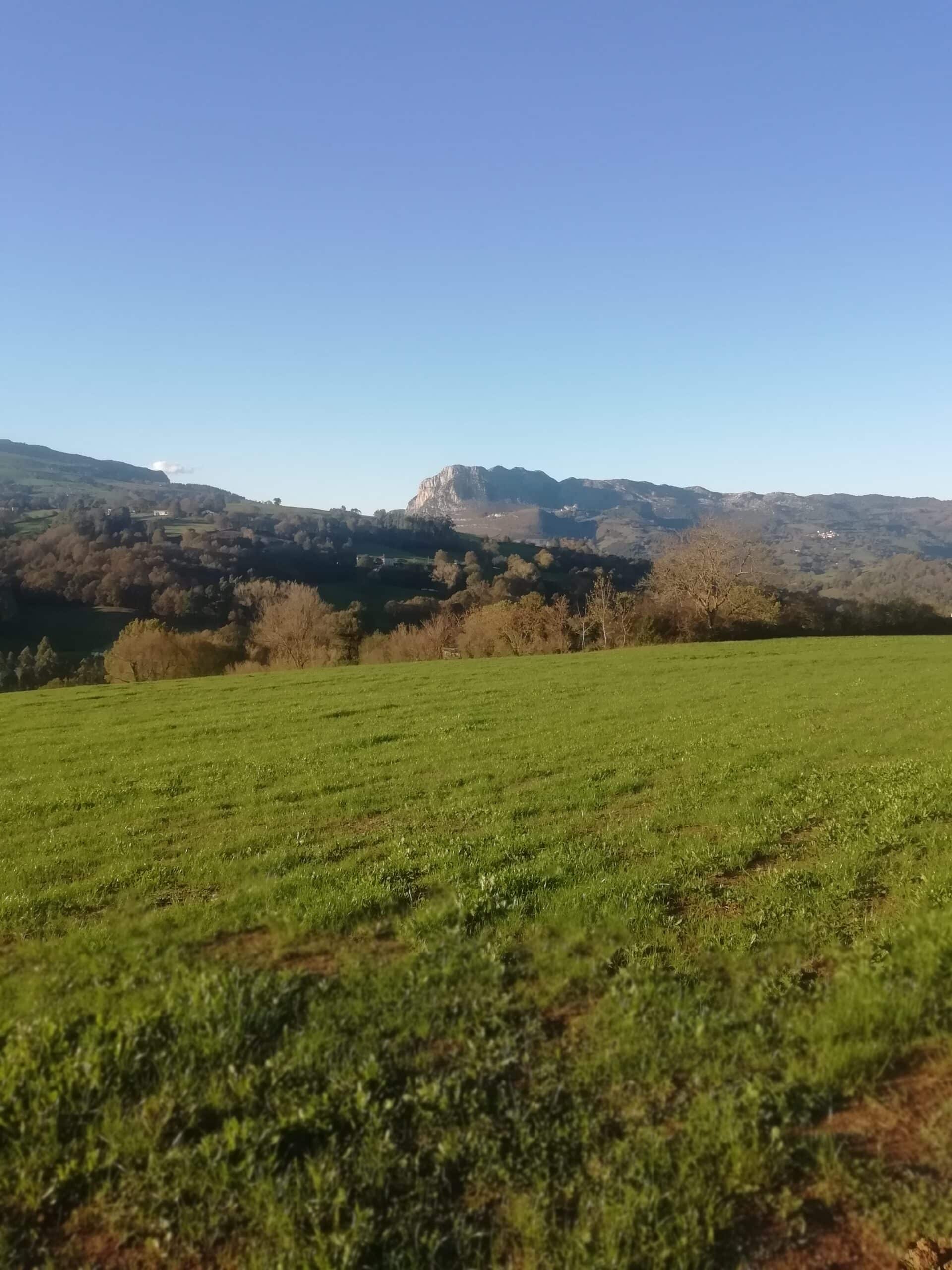
The mountains and pastures of Carranza
Paleolithic caves and hunter-gatherer art in Carranza.
The locals in Ambasaguas told us about these, advising us to get a taxi from the neighbouring village of Concha. This should cost about €8 according to those who we talked to, though we didn't end up going ourselves. We'll leave that to another day as we will definitely revisit the area.
Should you visit Carranza?
Definitely, but make sure you plan for a long day if you come on the train. There are only three going each way per day, so there is quite a bit of time to fill. You could use it as a stop-off though if you were travelling and sightseeing between Bilbao and Santander.
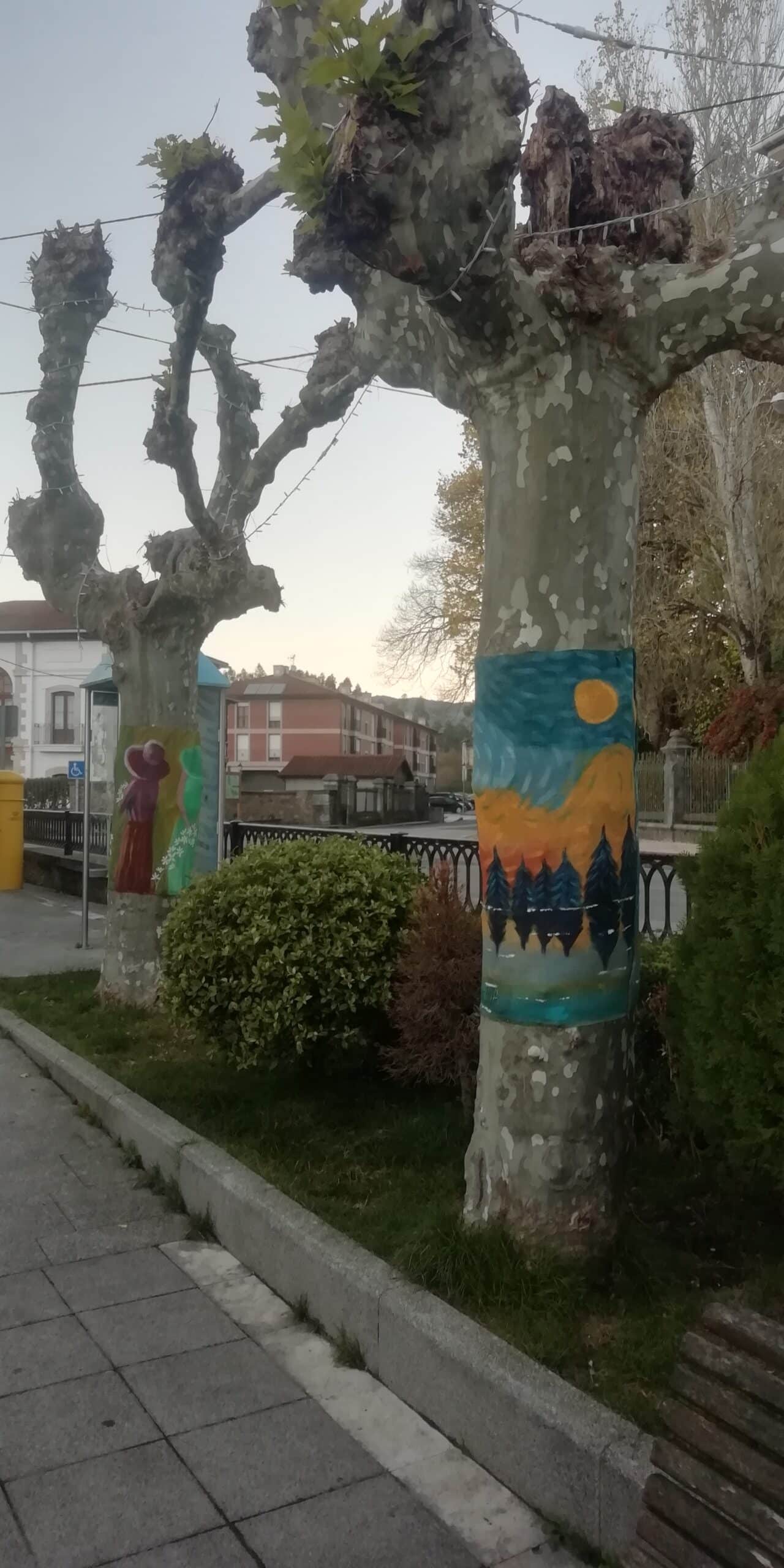
Tied-up tree art in Concha
The main selling point of the area is the scenery and fresh air, and the local people will point you in the right direction of points of interest.
Would you live in Carranza?
Here at Tailtiu, we would love to get a taste of living the rural life while retaining quick access to the city. You really would need a car if you were to live here as farmhouses lie ouside the main settlements in the area and the idea is not to live in a built-up settlement, which Ambasaguas and Concha both are. The hillside hamlet of Ahedo might be nice to live in though, but yes, you'd need a car!
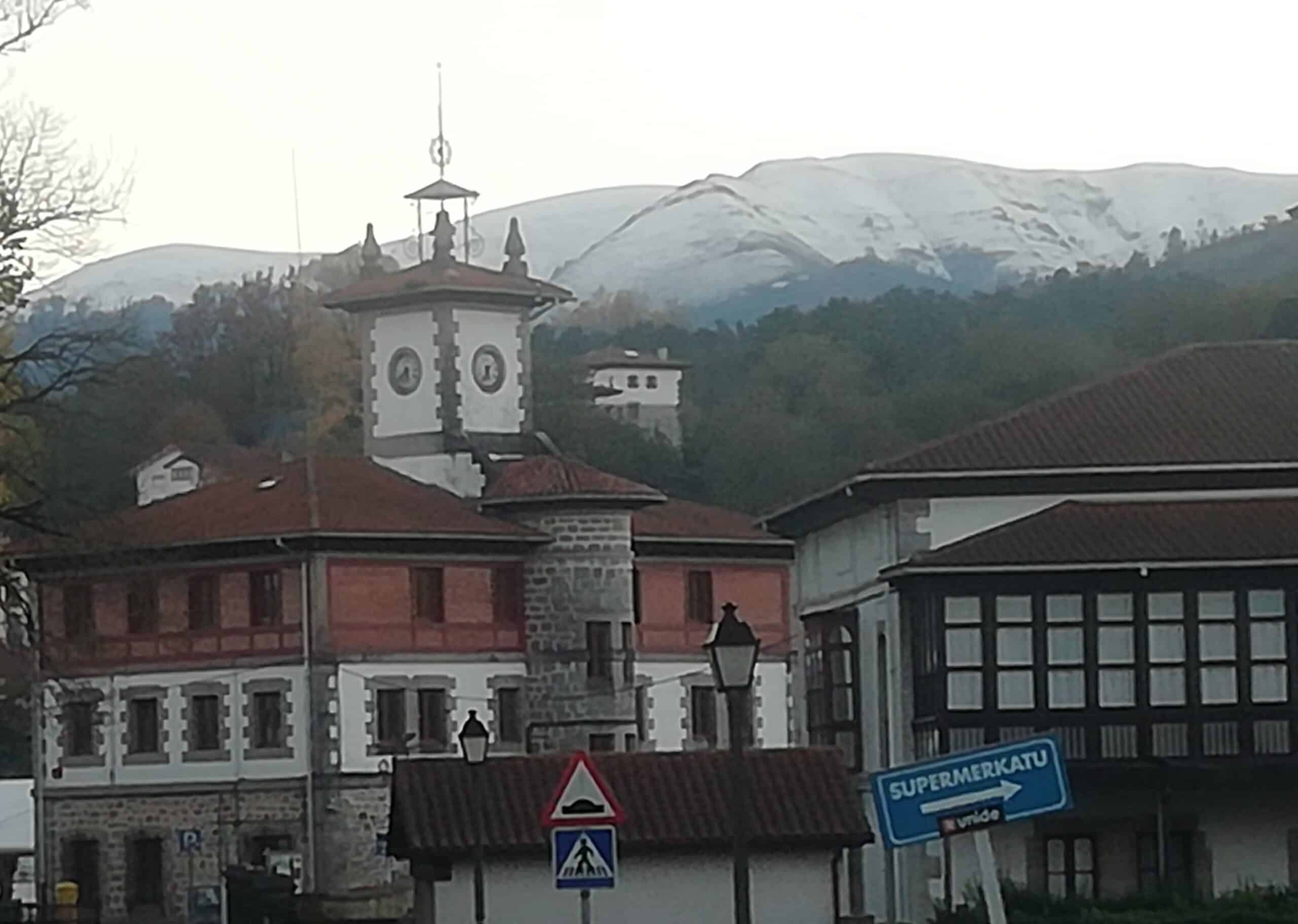
The Town Hall in Concha, in the shadow of the snowcapped peaks. Click the image to see our Facebook post.
That said, you could imagine young ones having an adventure-filled youth in a place like this. The valleys are covered in forest and pasture, with rivers and brooks coursing through the glens. It would be a perfect place for a young one to grow up learning adventure.
Plan a visit on train and get to Carranza!
If you ever find yourself in the Basque Country or Santander, you can get there on the light-gauge FEVE train. You can find out more about the FEVE at this link. The line snakes through the mountains and services the Carranza region, passing through the village of Ambasaguas. Ambasaguas is also the nearest village of Carranza to the main road.
As we've said, the place is good for a blast of fresh air and a ramble through nature, shaking off the smoke of urban life.
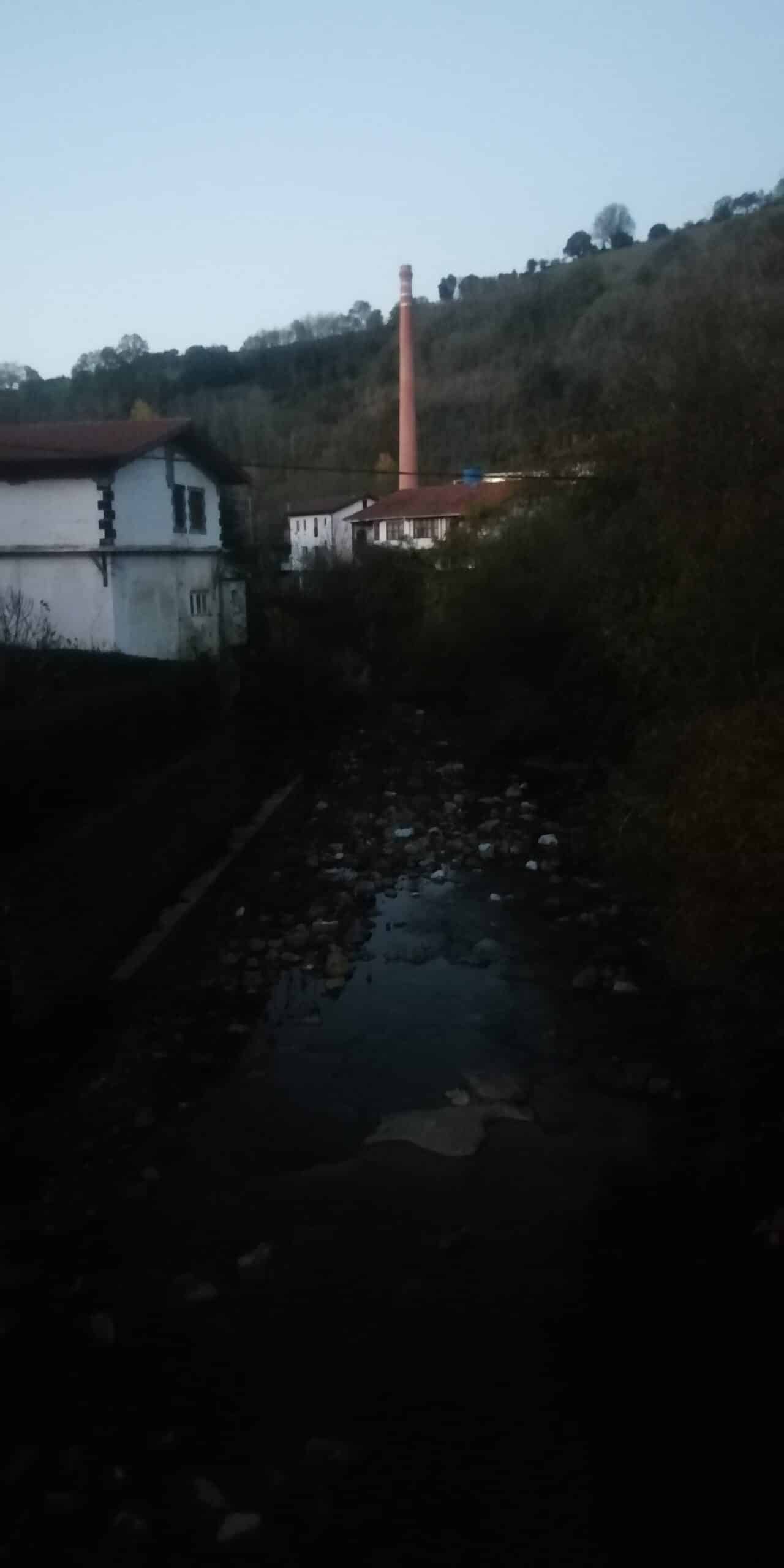
The post-industrial and the rural
